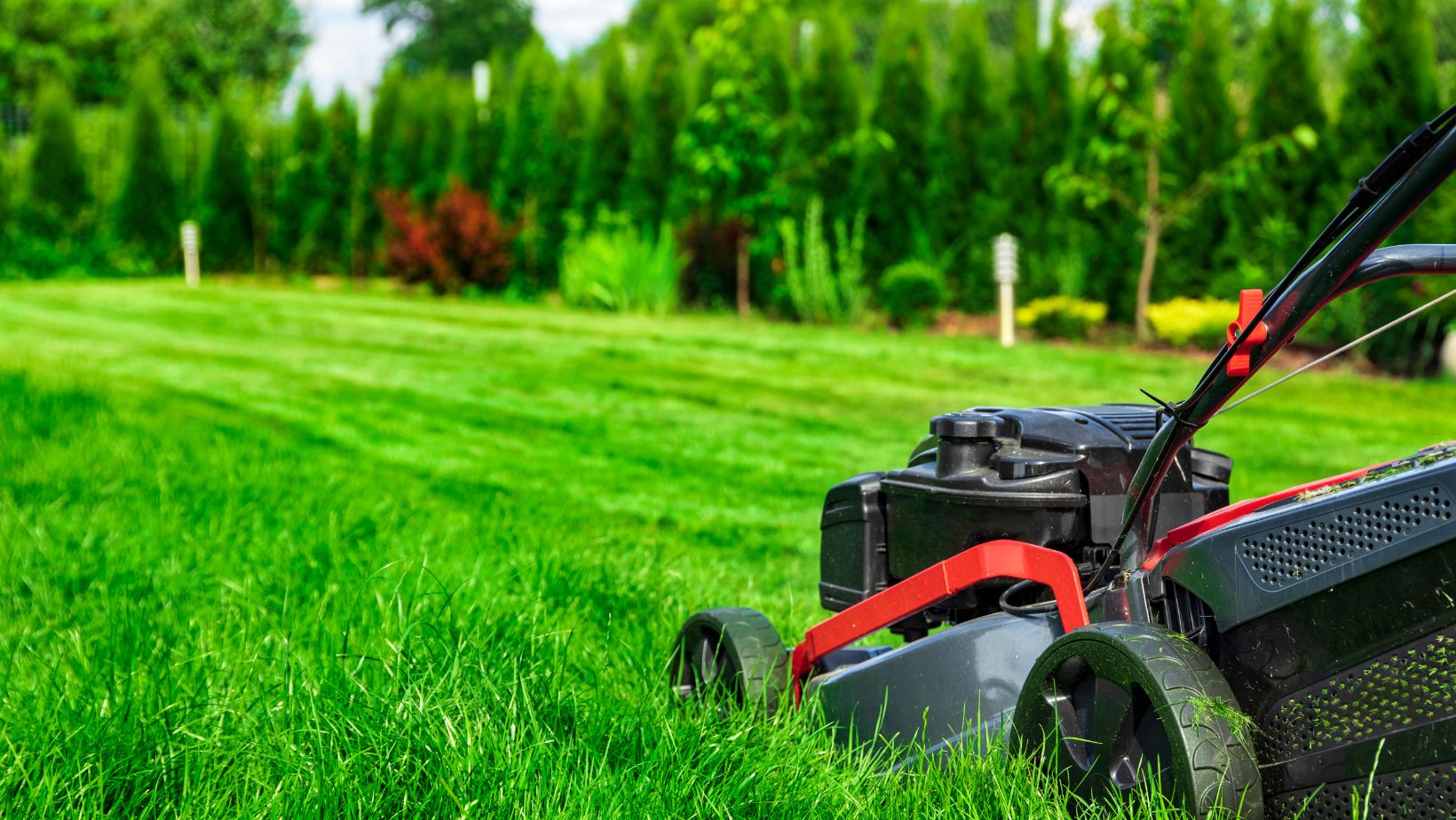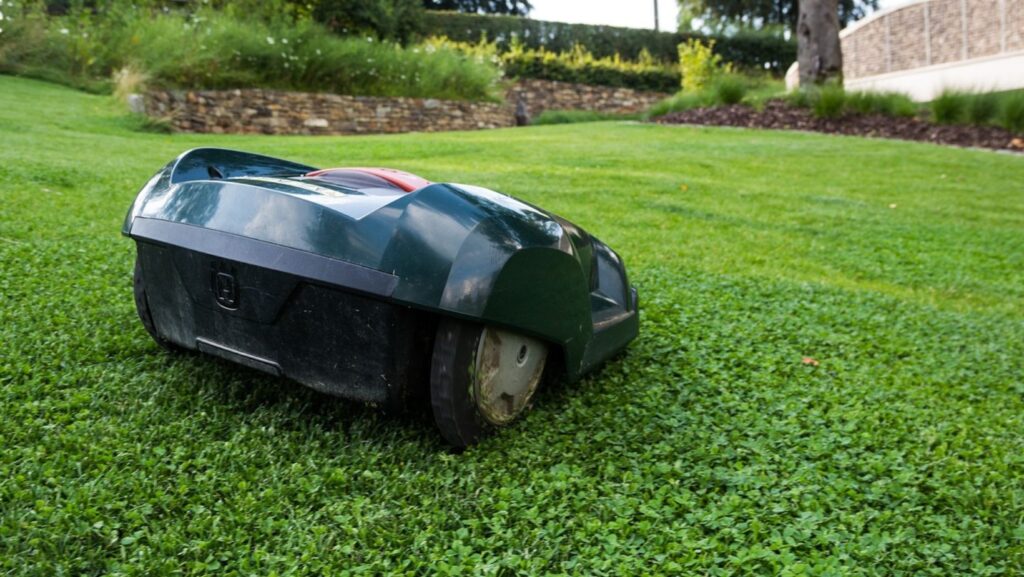A vibrant, lush lawn can be the crowning jewel of any home, providing a serene space for relaxation, play, and outdoor gatherings. However, achieving and maintaining a healthy lawn requires more than just occasional mowing; it necessitates a thoughtful approach to lawn care encompassing various practices. In this blog, we’ll explore essential tips and tricks that will help you cultivate a thriving yard, from understanding the specific needs of your grass type to mastering the art of watering and fertilization. Whether you’re a seasoned gardener or a novice looking to enhance your outdoor space, these insights will empower you to create a beautiful and verdant lawn that you can be proud of all year round.
Proper Equipment
Having the right tools is fundamental for effective lawn care. Start with a reliable lawnmower tailored to your lawn size—whether it’s an electric lawn mower, gas-powered push mower, or riding mower. Other essential equipment includes a rake for removing debris and thatch build-up, an edge trimmer for neat edges along walkways and driveways, and a sprinkler system or hose with an adjustable spray nozzle for watering. This equipment will not only make your lawn care tasks more manageable, but it will also help you achieve better results in less time.
Gearing up properly will keep your outdoor area looking pristine with less effort and more efficiency. One of the top benefits of a lawn is having a sanctuary you can retreat to whenever you see fit, so investing in equipment that will keep your lawn healthy and lush will enhance your outdoor living experience. With the right tools and maintenance, your lawn can become a beautiful, relaxing space that adds value and enjoyment to your home.
Proper Watering Techniques
Watering is a crucial component of lawn care that greatly influences the health and appearance of your grass. To ensure your lawn thrives, aim to water deeply and infrequently rather than the other way around. This encourages the grassroots to grow deeper, making them more drought-resistant. Early morning is the ideal time for watering, as it allows the grass blades to dry throughout the day, reducing the risk of disease caused by prolonged moisture. Aim for about 1 to 1.5 inches of water per week, either through rainfall or irrigation, and adjust based on weather conditions and the specific needs of your grass type. Additionally, consider using a rain gauge or a simple can measure the amount of water your lawn is receiving, ensuring that you provide just the right amount without overwatering, which can lead to root rot and other issues.
Fertilization Basics
Fertilization is key to promoting a lush, green lawn by providing essential nutrients that grass needs to thrive. Understanding the right type of fertilizer and applying it effectively can make a significant difference in the vitality of your yard. There are three primary nutrients to consider: nitrogen (N), phosphorus (P), and potassium (K), each serving a specific purpose. Nitrogen fosters lush, green growth, phosphorus promotes root development and flower production, and potassium helps with disease resistance and drought tolerance.

When selecting a fertilizer, you can choose between granular and liquid forms, with each offering unique benefits. Granular fertilizers are slow-release, providing a steady supply of nutrients over time, while liquid fertilizers typically offer immediate results. It’s important to perform a soil test to determine nutrient levels and deficiencies, enabling you to select a fertilizer that meets your lawn’s specific needs. Timing is also critical; it’s generally best to fertilize in the spring and fall when grass is actively growing. Be sure to follow the manufacturer’s recommendations for application rates and methods to avoid over-fertilization, which can lead to nutrient runoff and environmental issues.
Weed Control Strategies
Weeds can quickly become a significant nuisance in any lawn, competing with your grass for sunlight, water, and nutrients. To effectively manage weeds, it’s important to adopt a combination of preventive measures and active control strategies. Firstly, maintaining a thick, healthy lawn is one of the best defenses against weeds, as vigorous grass growth will naturally crowd out potential invaders. Regular mowing at the appropriate height for your grass type can also prevent weeds from going to seed.

In addition to prevention, consider implementing manual removal for small infestations, ensuring that you remove the entire root to prevent regrowth. For more extensive problems, chemical herbicides may be necessary, but it’s crucial to select products that target specific weed types while being safe for your grass. Post-emergent herbicides combat established weeds, while pre-emergent herbicides can be applied in early spring to prevent weed seeds from germinating. Always read and follow the manufacturer’s instructions to minimize harm to your lawn and surrounding environment. Integrating these strategies will help you maintain a beautiful weed-free yard.
Achieving and maintaining a lush, green lawn is a rewarding endeavor that requires a balanced approach to care and maintenance. By equipping yourself with the right tools, implementing effective watering and fertilization techniques, and adopting strategic weed control methods, you can create a thriving outdoor space. Remember that patience and consistency are key in lawn care; the effort you put in will pay off with a vibrant yard that serves as a beautiful backdrop for relaxation and enjoyment. As you apply these essential tips, you’ll be well on your way to becoming a proud steward of your green oasis, enhancing both the beauty and value of your home.
